
In a historic step toward realizing greater equality within the monastic institutions of Buddhism, His Holiness the Je Khenpo of Bhutan on Tuesday presided over a ceremony in the Bhutanese town of Paro to fully ordain 142 Buddhist nuns. While most of the newly ordained bhikshunis are Bhutanese, several attended the ceremony from other Buddhist communities in the Himalayan region.
In an announcement for the occasion shared on social media, the Zhung Dratshang, the Central Monastic Body of Bhutan, stated:
Today, on the 21st June, 2022, corresponding to the 23rd day of the 4th lunar month, His Holiness the Je Khenpo is conferring the Gelongma vows to about 144 nuns as announced by the Bhutan Nuns Foundation at Ramthangkha, Paro. Nuns who are receiving the vows are not only from Bhutan but also from neighboring countries. Auspicious signs such as rainbows encircling the sun could be witnessed today.
Her Majesty Gyalyum Tshering Yangdoen Wangchuck and members of the Royal Family along with Their Eminences the Dorji Lopen, Tshog-ki Lopen and Laytshog Lopen attended the program.
(Zhung Dratshang Facebook)
Je khenpo is title given to the chief abbot of the Zhung Dratshang, the most senior Buddhist monastic in Bhutan and the nation’s spiritual head. The Je Khenpo is the chair of the Dratshang Lhentshog (Council for Religious Affairs), which oversees the Zhung Dratshang, assisted by five Lopen Lhengyes (minister-ranking masters). The office is currently held by the 70th Je Khenpo, Tulku Jigme Chhoeda, who has occupied the position since 1996.
The landmark ordination ceremony is a historic step toward realizing the full flowering of fourfold sangha of male and female monastics and male and female lay practitioners envisioned by the Buddha. Tuesday’s event was preceded by a decades-long movement for full ordination for female monastic practitioners, often in the face of stiff institutional resistance from many religious, academic, and political leaders.

While communities of female renunciants exist and practice in many Buddhist traditions, many monastic authorities—most notably in Theravada and Vajrayana lineages in Asia—have not officially recognized the full ordination of women in modern times, and bhikshunis have been denied the same level of societal acceptance as their male counterparts.
One of the commonly cited official objections to the full ordination of female monastics has been traditional monastic rules requiring that bhikshunis be ordained by other bhikshunis, which created a catch-22 situation preventing the restoration of the order. Bhikshunis from various countries have in recent decades sought the help of their peers in Mahayana lineages to pursue the path toward full ordination. In the Vajrayana tradition, female ordination has been championed by His Holiness the Dalai Lama, His Holiness the Karmapa, and His Holiness the Gyalwang Drukpa, among other notable senior figures.

One of the key agents of change in Bhutan supporting the movement for female ordination has been the Bhutan Nuns Foundation, a non-profit organization operating under the patronage of Her Majesty the Queen Mother Ashi Tshering Yangdoen Wangchuck. The Bhutan Nuns Foundation has been striving to improve the day-to-day livelihoods of Buddhist nuns in Bhutan and to enhance their access to basic and higher education.
Established in 2009 under the patronage of Her Majesty, Tshering Yangdoen Wangchuck, and managed by Buddhist activist and executive director Dr. Tashi Zangmo, the Bhutan Nuns Foundation aims to empower and educate Bhutanese girls and women to improve their living conditions and the economic vitality of rural villages, in turn helping to preserve the kingdom’s rich Buddhist culture in the face of rapid development. The foundation works directly with about 28 Buddhist nunneries, educating and training nuns to be community leaders and teachers.
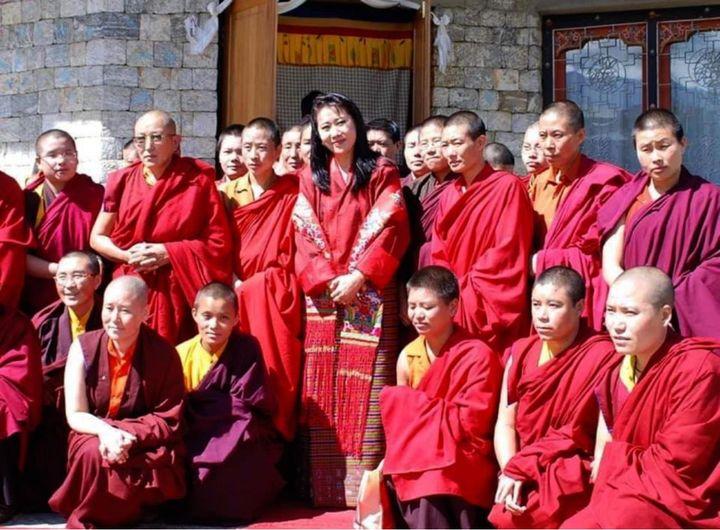
Sandwiched between economic heavy-hitters China and India on the edge of the mighty Himalayan mountain range, the tiny Buddhist Kingdom of Bhutan is perhaps best known for prioritizing “Gross National Happiness” over the shortsighted acquisitiveness of unrestrained economic growth, and for its sustainable approach to environmental stewardship. The kingdom is also unique in being the world’s only remaining Vajrayana Buddhism nation. The spiritual tradition is embedded in the very consciousness and culture of this remote land, where it has flourished with an unbroken history that dates back to its introduction from Tibet in the eighth century by the Indian Buddhist master Padmasambhava, also known as Guru Rinpoche.
Most Bhutanese—about 75 per cent of a population of some 770,000 people—are Buddhists. The majority of the remaining 25 per cent, mainly people of the Lhotshampa ethnic group of Nepalese descent, practice Hinduism. Most of Bhutan’s Buddhists follow either the Drukpa Kagyu or the Nyingma schools of Vajrayana Buddhism.
While the nation’s holistic approach to development has resulted in a healthy level of growth and low inflation over the last 20 years, life in Bhutan is not without very real challenges, even for those who find their calling in monasticism. Female lay practitioners in particular face major obstacles in accessing opportunities for spiritual and practical education, and nearly all of Bhutan’s rural nunneries have poor living conditions and lack conducive learning environments.
The BNF has been working diligently and without fanfare to correct this imbalance, ensuring that each nunnery maintains adequate, healthy living conditions, and providing practical, hands-on training for the female monastic population. The foundation aims to enable female monastics to create self-sufficient monastic communities that not only provide a healthy environment for Buddhist study, but also actively engage with and contribute to lay society as mentors, teachers, and leaders.
Click here for more information on how to support the work of the Bhutan Nuns Foundation
See more
The Bhutan Nuns Foundation
The Bhutan Nuns Foundation (Facebook)
Zhung Dratshang གཞུང་གྲྭ་ཚང་། Central Monastic Body of Bhutan (Facebook)
Related news reports from BDG
Bhutan Nuns Foundation Announces Opening of the Training & Resource Center for Buddhist Nuns
Bhutan Nuns Foundation Counts Blessings Amid Pandemic
BBC Names Dr. Tashi Zangmo of the Bhutan Nuns Foundation among 100 Most Influential Women of 2018
Bhutan Nuns Foundation Poised to Launch New Training Center for Female Monastics with First Resident Nuns
Related features from BDG
Ten Years of Empowering Female Monastics: Bhutan Nuns Foundation Extends Reach with New Training Center
My Story: Walking the Path of a Female Monastic in Bhutan
Changing Mindsets: Tashi Zangmo and the Bhutan Nuns Foundation
An Agent of Change: Empowering Bhutanese Nuns
Bhikkhunī – Buddhism, Sri Lanka, Revolution: A Film on the Epicenter of Theravada Female Ordinations
On Bhikkhunī Ordination by Bhikkhu Analayo: An Interview with Bhante Kusala
Nuns in the Tibetan Tradition: Latest Developments and Future Prospects
The Buddhist Stance on Theravada Women’s Issues: A Conversation on Gender Equality and Ethics with Ajahn Brahmali
Reviving the Bhikkhuni Sangha in Indonesia: an Interview with Ayya Santini
Attending the Bhikshuni Ordination in Taiwan – 12 November–17 December 2015


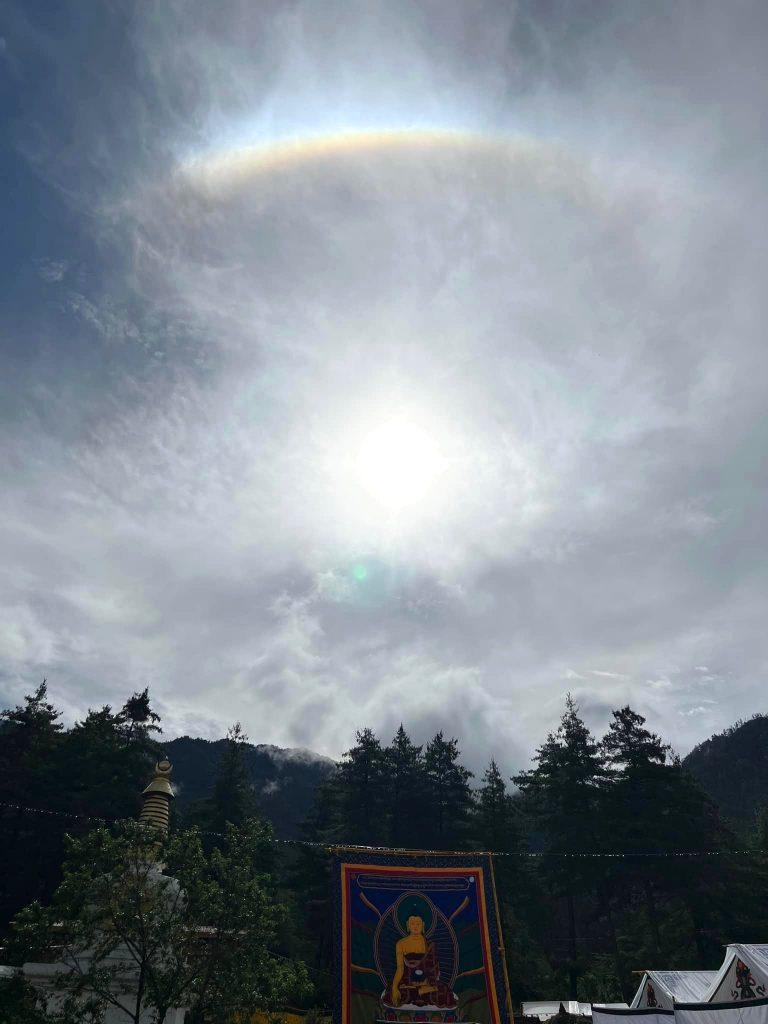





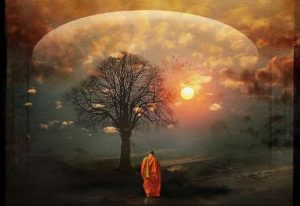
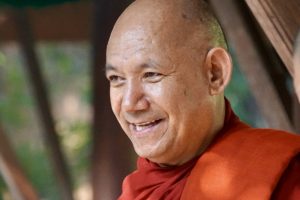

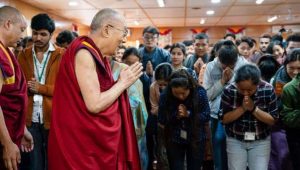


Thank you for this article. Most welcome news!
I feel like it’s a bit too strong to say “never” here, as both Theravada and Vajrayana lineages in Asia had thriving communities of bhikkhunis/bhiksunis for centuries. In the big picture of the 26 centuries that Buddhism has been around, it is only in recent centuries that we’ve been missing bhikkhunis in these traditions.
It’s an INVALID ordination. You cannot revive the female lineage of mulasarvastivada extincted centurys ago in India, parting from the masculine lineage. Otherwise the tibetan would have done it six centurys ago.
I hope this does not lead to a conflictive and disrupting situation like the one provoked by Ajham Brahm inside the Theravada school.
Undermine the Vinaya is one of the signs of the age Dharma degeneration.